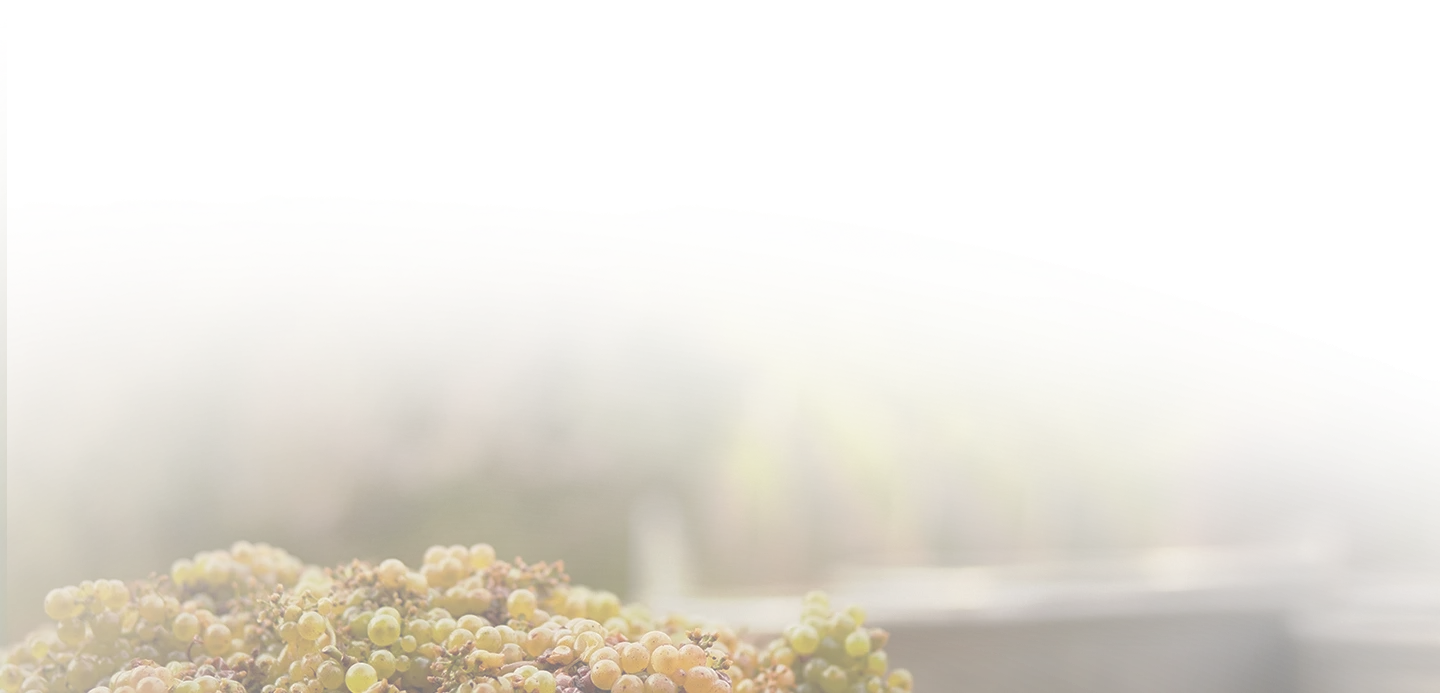Are you sure you want to perform this action?
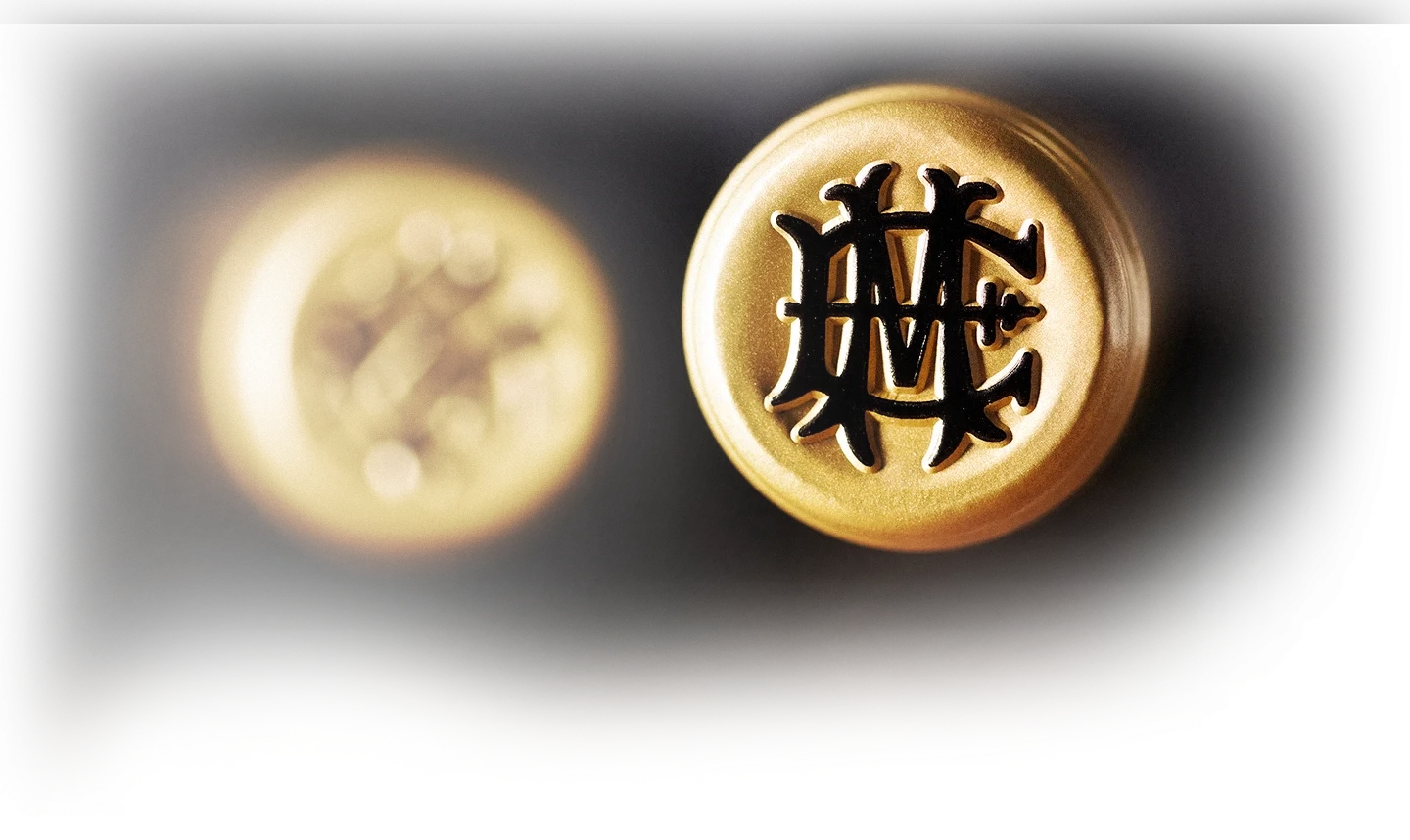
Our wines

We talk here about our wines starting with the simplest category and going upwards. At the beginning it should be mentioned: We work exclusively with Riesling vines and harvest only Riesling grapes. So we make exclusively Riesling wines. And nothing else.
In addition, we only use grapes from our own vineyards. Because only in this way we have complete control over how the vine and grapes are treated.

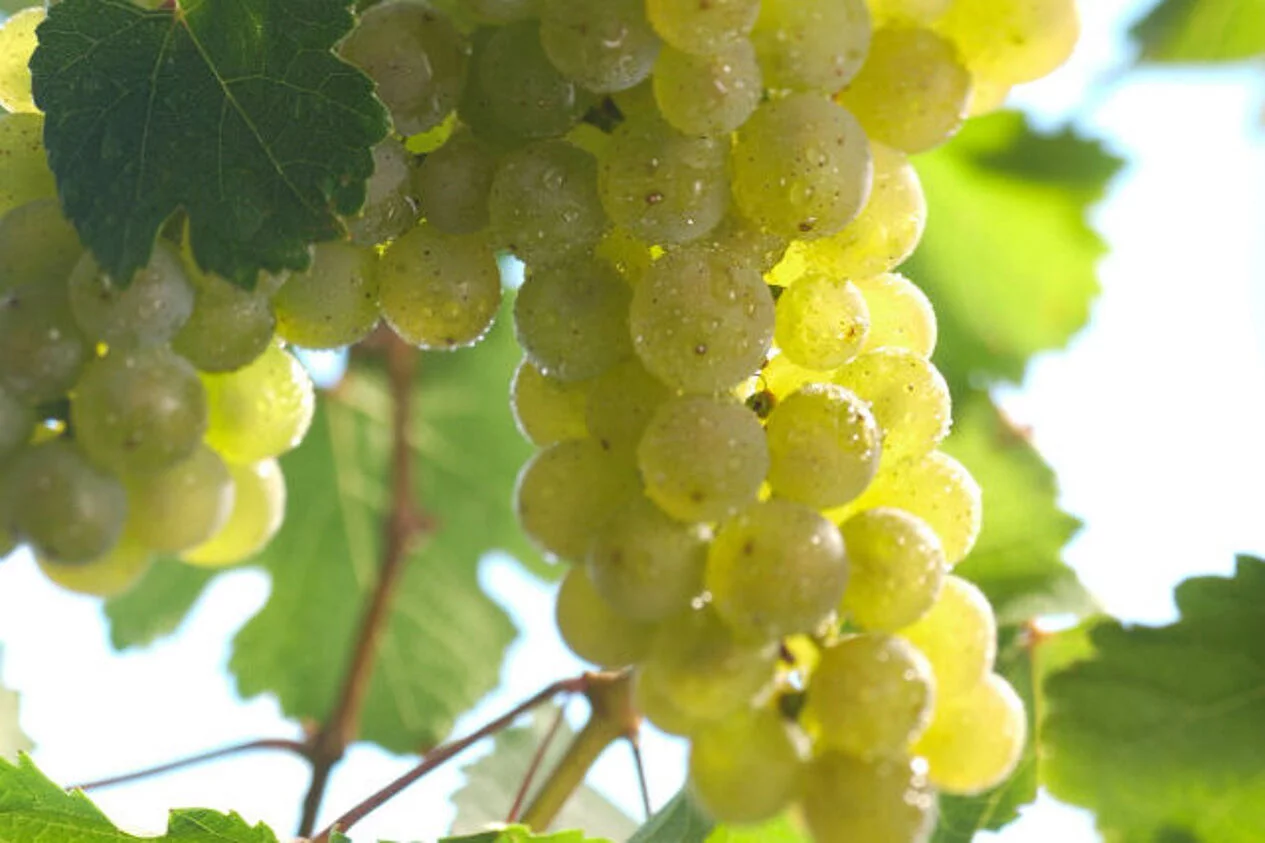
The "Scharzhof"
The "Scharzhof" is our entry-level Riesling, the gateway to our world. The Scharzhof is made from the grapes of our vineyards in Saarburg, Oberemmel and from the Wiltinger sites Braunfels and Kupp.

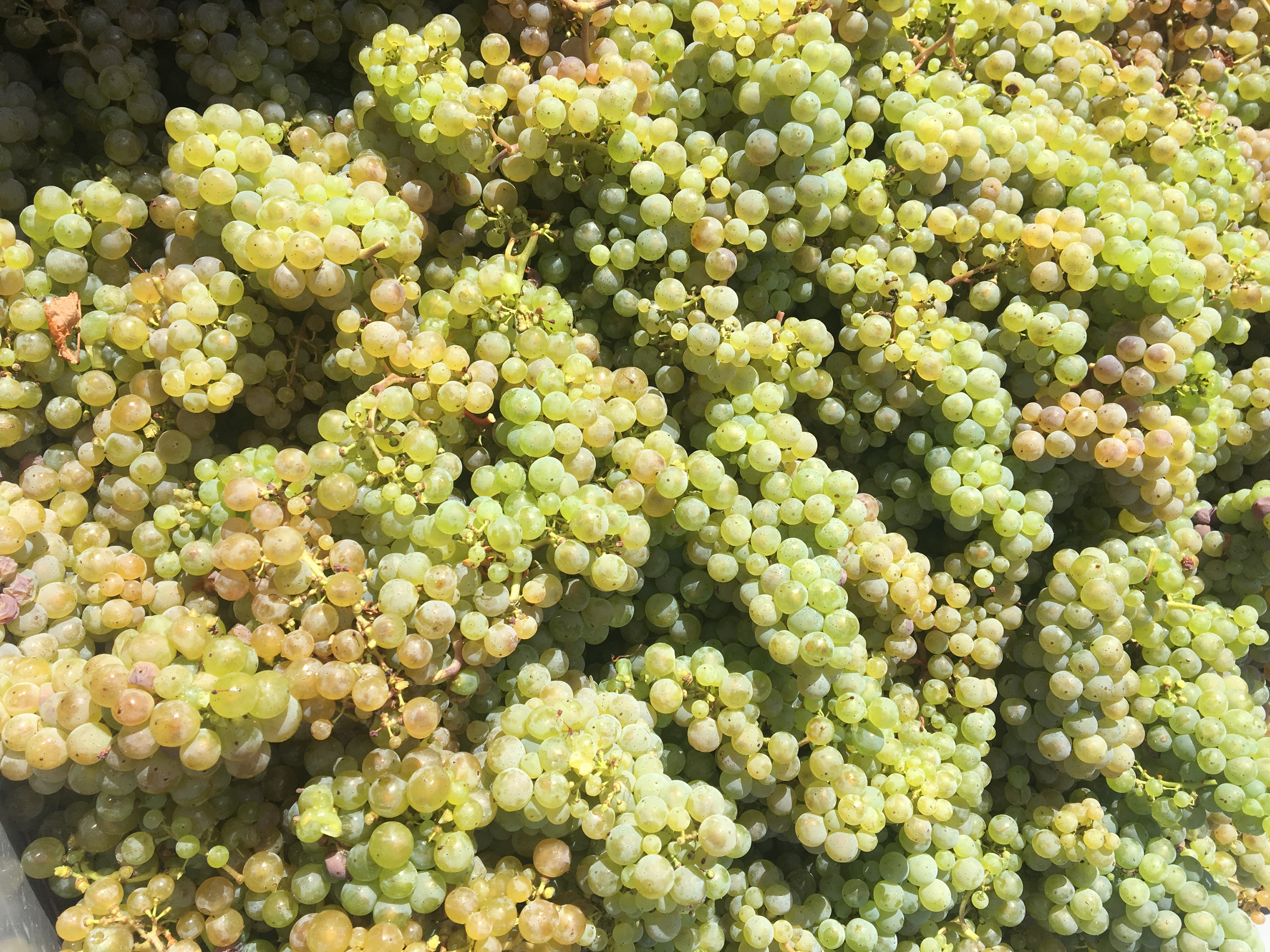

Our Kabinett-Wines
Only our two Prädikat wines from the Scharzhofberg and the Wiltinger braune Kupp bear the site designation visibly emblazoned on the label. For the classification of our wines into the different Prädikat levels, we would like to state very clearly and self-confidently that for us - the legal classification according to the must weight or sugar content at harvest has never been decisive for us.
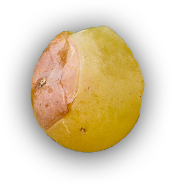
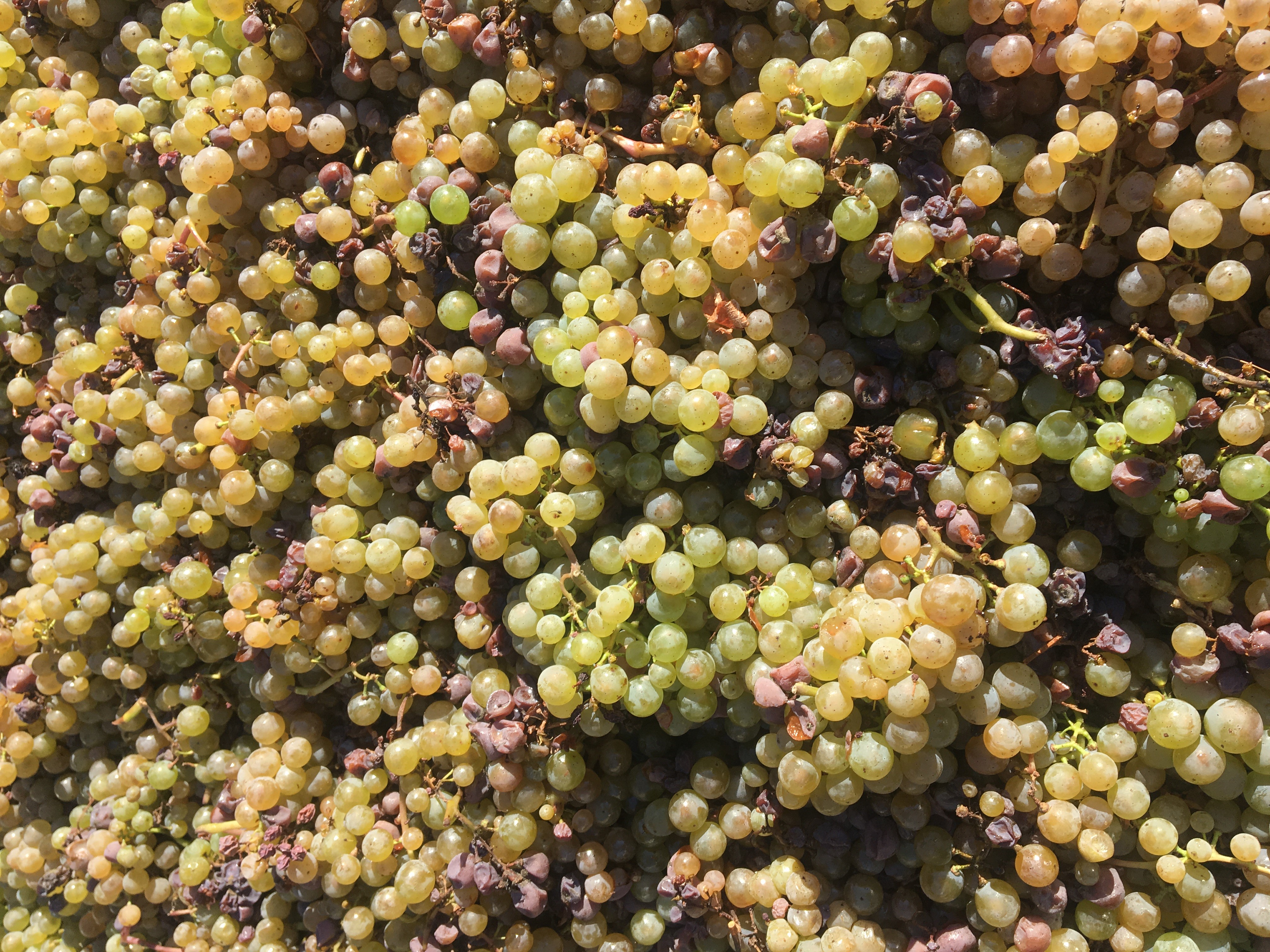

Our Spätlese-Wines
In our winery, the term Spätlese is used for wines made from grapes that are emphatically ripe or even overripe. The harvest for our Spätlese wines always starts a little later than elsewhere and the ripest grapes are harvested in the best sites - with daily sorting- at the latest possible date - a really nerve-racking experience.

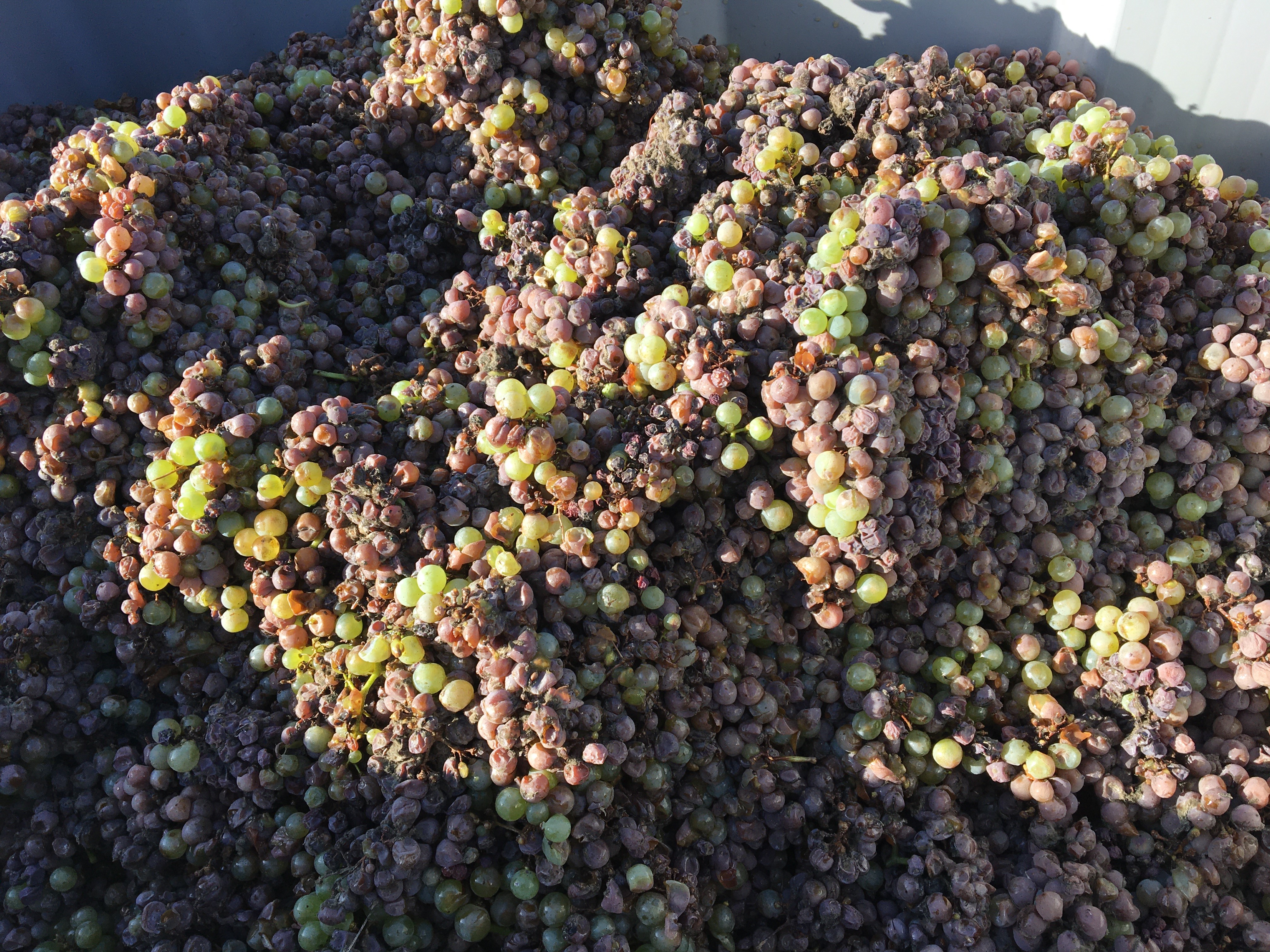

Our Auslese-Wines
We do not treat our vineyards against the noble rot Botrytis; we do not even try to avoid it and gladly submit to the fate of being allowed to harvest grapes kissed by Botrytis. Because when botrytis develops into noble rot under perfect conditions, special and unique wines can be created.
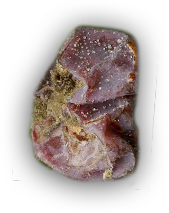

Our Beerenauslese and Trockenbeerenauslese-Wines
For our Beerenauslesen and Trockenbeerenauslesen, the selection principle is even more strict. Just as the sorting process during harvesting is now tightened up to the selection of individual berries, the concentration of the wines in terms of taste is also increased.
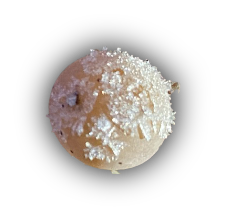

Our ice wines
Ice wine is a very special matter. And a total as well as brutal natural product, because Eiswein is made only from frozen grapes - often well after the regular harvest has ended.
The "Scharzhof"
The "Scharzhof" is our entry-level Riesling, the gateway to our world. The Scharzhof is made from the grapes of our vineyards in Saarburg, Oberemmel and from the Wiltinger sites Braunfels and Kupp. Depending on the quality and quantity of the vintage, grapes from the Wiltinger braune Kupp site and even from the Scharzhofberg can also be added. Typical for the Scharzhof is its balance between sweetness, minerality and Saar-typical acidity. It can be drunk young with pleasure, but also has an amazingly enormous aging potential, which should not be misjudged. The Scharzhof is therefore an enormously enjoyable wine from a famous winery, of which one should gladly keep a few bottles in the cellar: for later enjoyment.
Our Kabinett-Wines
Only our two Prädikat wines from the Scharzhofberg and the Wiltinger braune Kupp bear the site designation visibly emblazoned on the label. For the classification of our wines into the different Prädikat levels, we would like to state very clearly and self-confidently that for us - the legal classification according to the must weight or sugar content at harvest has never been decisive for us. The characteristic feature of our Kabinett wines is that the grapes reach the desired ripeness but have not yet reached the stage of over-ripeness. This criteria alone counts for our two popular Kabinets.
These wines are so unique because the grapes can fully ripen in the cool and unique climate of the Saar, although they have a comparatively low sugar content. In a late ripening vintage, such as 1987, the grapes reach their full physiological ripeness at about 70° Oechsle; in years with hot summers, such as 2003, which was one of the most significant examples, a must weight of up to 95° Oechsle may be found. This shows that we in the Saar are writing our own history in terms of physiological ripeness.
Also important: our Kabinett wines usually have an alcohol content of only 7° to 10° alcohol per liter of wine. They are therefore ideal food companions, especially at lunchtime. The taste of the mineral-intensive slate rock and the fine-grained acidity typical of the Saar dominate the elegantly intense fruit of the Riesling grapes without suppressing it and taking away its impact.
Analytically, our two Kabinett wines are always fruit-sweet wines. However, due to their low alcohol content, they sometimes taste surprisingly dry, depending on the vintage.
Our Kabinet wines are fresh and lively when young, but can age elegantly for ten or more years. Especially the Kabinet wines from the Scharzhofberg develop an enormous complexity in correct storage conditions, which surprises us again and again. And this despite the fact that every year we believe that the Scharzhofberg and its grapes can no longer surprise us. Far from it.
Our Spätlese-Wines
In our winery, the term Spätlese is used for wines made from grapes that are emphatically ripe or even overripe. The harvest for our Spätlese wines always starts a little later than elsewhere and the ripest grapes are harvested in the best sites - with daily sorting- at the latest possible date - a really nerve-racking experience.
The sugar content of Spätlese wines can be higher than that of Kabinett wines without losing any balance. While our Spätlese wines can taste quite sweet when drunk early, they gain a complexity of flavour over time that is rarely found elsewhere.
The Spätlese wines from the Wiltinger braune Kupp site tend to be rather full-bodied, spicy-exotic wines, while the Spätlese wines from the Scharzhofberg site develop toward great elegance that can no longer be categorized as "sweet" or "dry." While Wiltinger braune Kupp is one of the warmest sites on the Saar, Scharzhofberg is known as one of the coolest Riesling vineyards in the region and beyond. This allows us to develop two very distinctive wine characters.
And of course: both site wines always prove an almost gigantic ageability. The Spätlese wines of the great 1970 vintages - 1971, 1975 and 1976 - are, when taken out of a perfect cellar, wonderful to drink today and indeed have many, many future years ahead of them.
Our Auslese-Wines
We do not treat our vineyards against the noble rot Botrytis; we do not even try to avoid it and gladly submit to the fate of being allowed to harvest grapes kissed by Botrytis. Because when botrytis develops into noble rot under perfect conditions, special and unique wines can be created.
Botrytis adds a new dimension of bouquet and flavour to wines. And, in addition, evaporation through the skins of the berries, perforated by botrytis, provides a concentration of aromas. All these factors make our selections very special wines which offer singular drinking experiences.
While the Kabinett wines and, to a certain extent, the Spätlese wines are "meditative" wines that do not necessarily open up at the first sip, the Auslese wines are much more accessible and open. They can be sweet to very sweet, but always have a balancing acidity that avoids the ordinary. We don't really need to talk about the aging potential anymore: It is - you guessed it - often endless. These wines outlast human lives.
Our Beerenauslese and Trockenbeerenauslese-Wines
For our Beerenauslesen and Trockenbeerenauslesen, the selection principle is even more strict. Just as the sorting process during harvesting is now tightened up to the selection of individual berries, the concentration of the wines in terms of taste is also increased.
Trockenbeerenauslesen can sometimes have an almost syrupy consistency and have an enormous residual sugar content. But even with the highest sugar content, the wine still has enough acidity to give it a long, elegant and almost ethereal finish.
At our Scharzhof, Beerenauslesen and Trockenbeerenauslesen were first pressed by Egon Müller III in 1959. And after that, the tradition grew with each good vintage, although there is always the risk of an entire vintage failing if one decides to work with noble rotten grapes.
Beerenauslese and Trockenbeerenauslese from Scharzhofberg are available from 1971, 1975, 1976, 1989, 1990, 1994, 1995, 1999, 2001 2003, 2005 and 2015.
Beerenauslese alone from the years 1979, 1983, 1986, 1988, 1991 and 1993.
Trockenbeerenauslese alone from the years 1997, 2000, 2006, 2007, 2009, 2010, 2011, 2017, 2018, 2019, 2021 and 2023.
We don't even have to mention that all these wines can be aged for a century and more.
Our ice wines
Ice wine is a very special matter. And a total as well as brutal natural product, because Eiswein is made only from frozen grapes - often well after the regular harvest has ended. Ice wine does not actually need botrytis, but we at Scharzhofberg believe that it should not be made exclusively from botrytis-free grapes.
The grapes for our ice wines are harvested early in the morning at the first severe frost (seven degrees below zero) and pressed at lightning speed, often while it is still dark, while they are still frozen. The pressing separates the solid from the liquid components and part of the grape juice remains as ice in the press. This makes the juice once again highly concentrated, and the concentration factor becomes higher, the lower the temperature during pressing.
Therefore - and this is important to know - the best ice wines do not necessarily come from the best vintages. For example, in 1999, an extremely good vintage year, we had no ice wine at all, while the 1998 is probably the best ice wine we've ever had the pleasure of pressing. Eiswein can have a concentration like a Beerenauslese or even like a Trockenbeerenauslese, but it always has a dominant acidity like few other wines that exist. Great ice wines are therefore not only unique in the wine world, but unfortunately also extremely rare.
